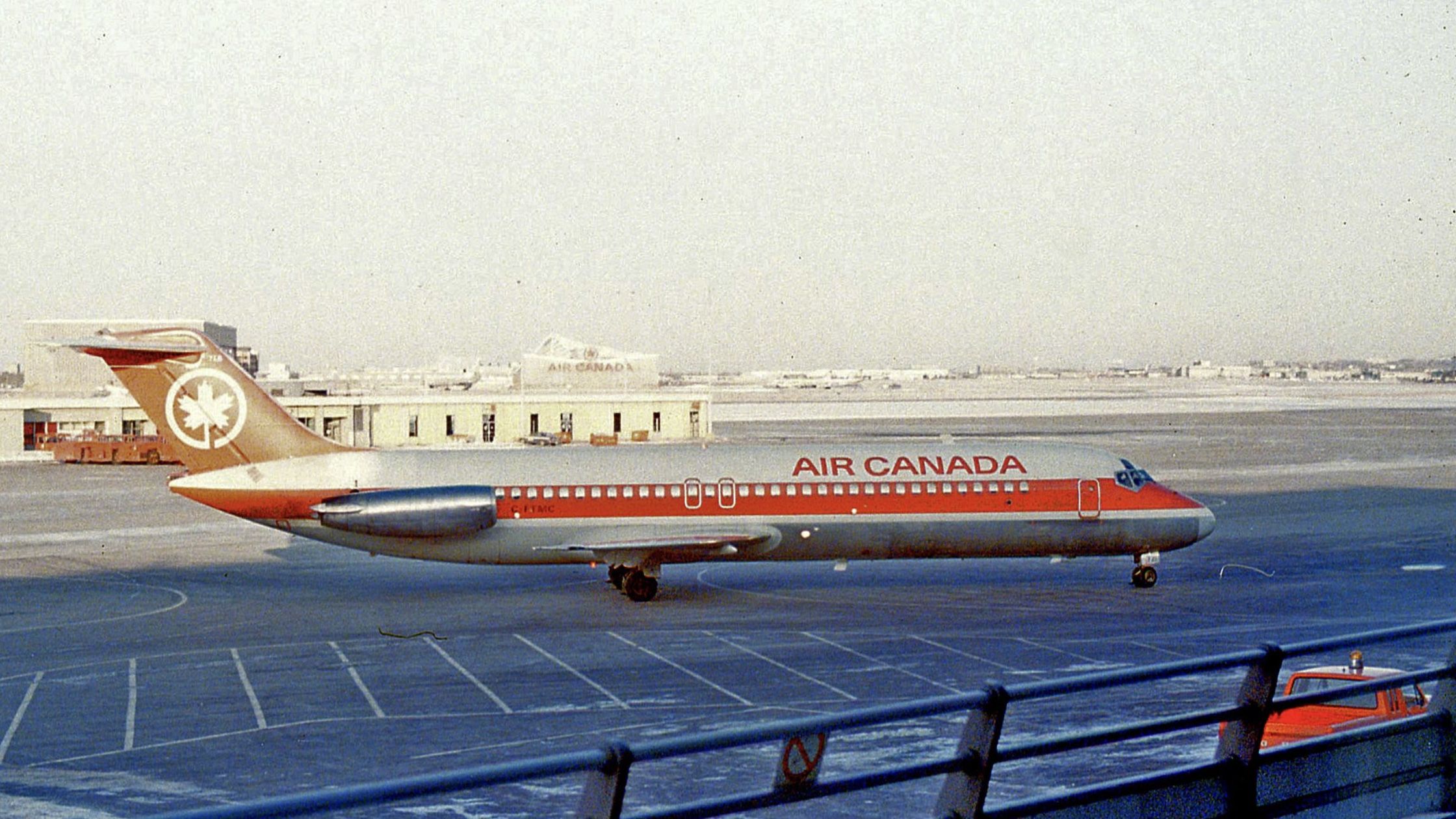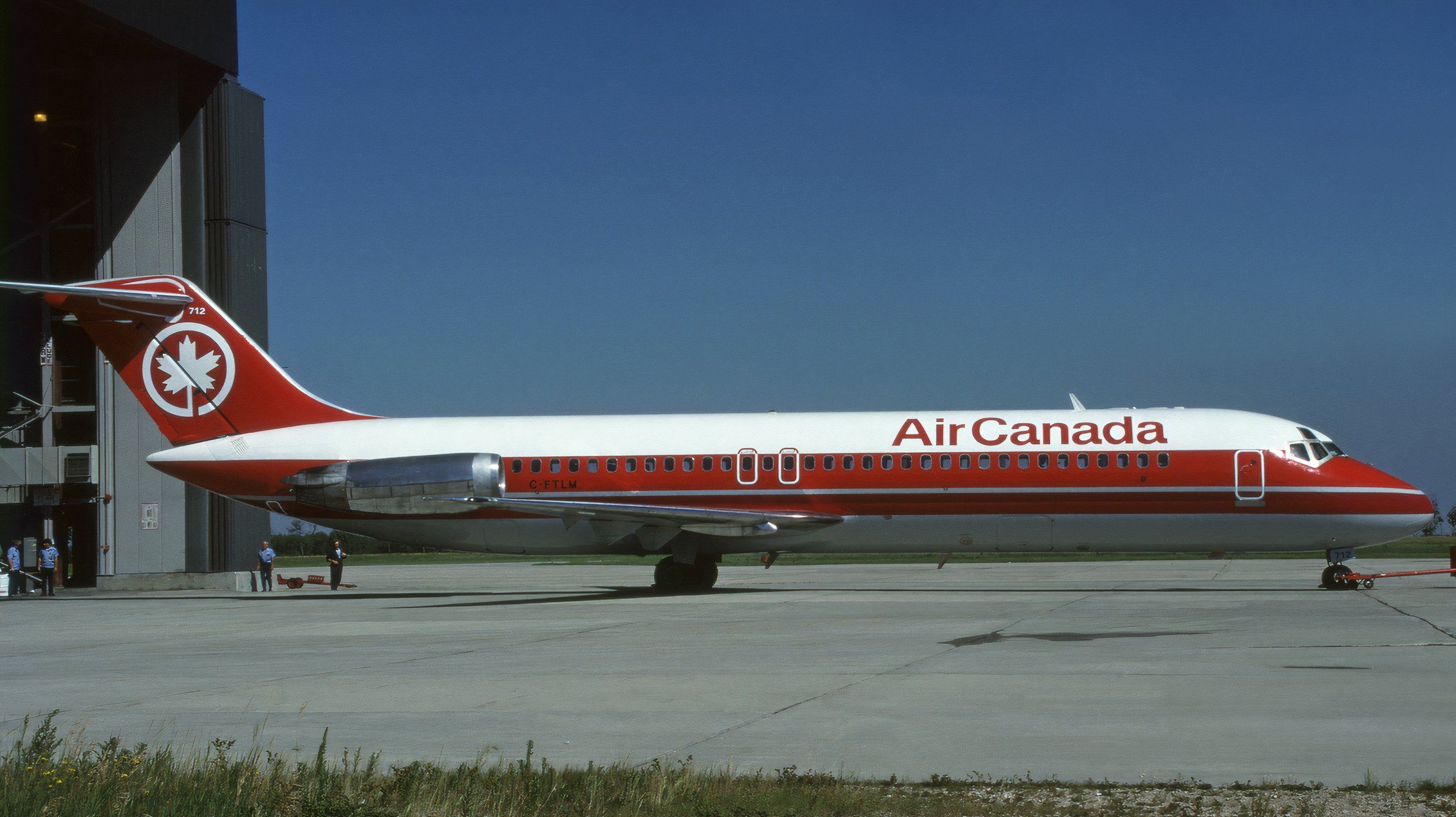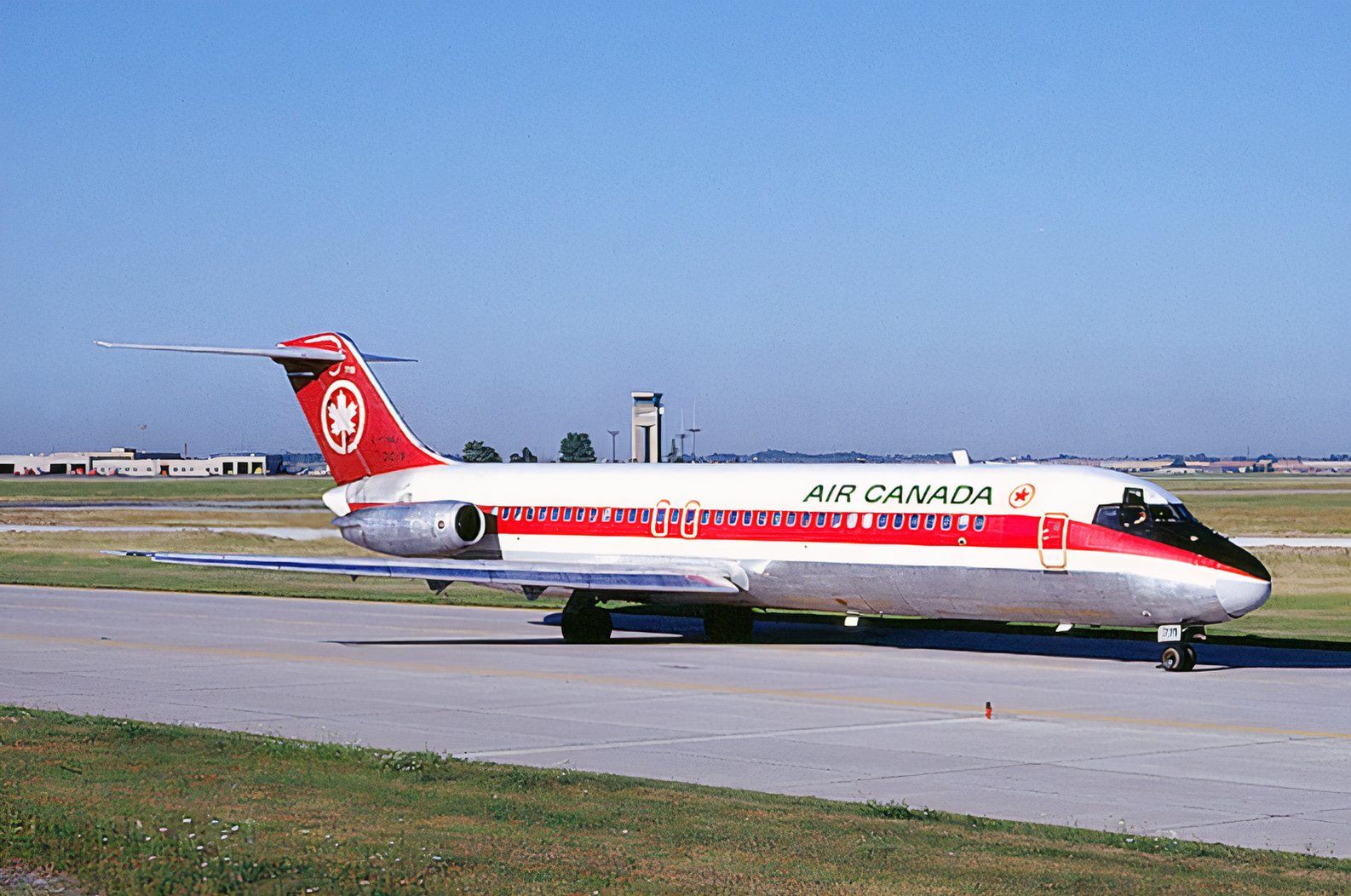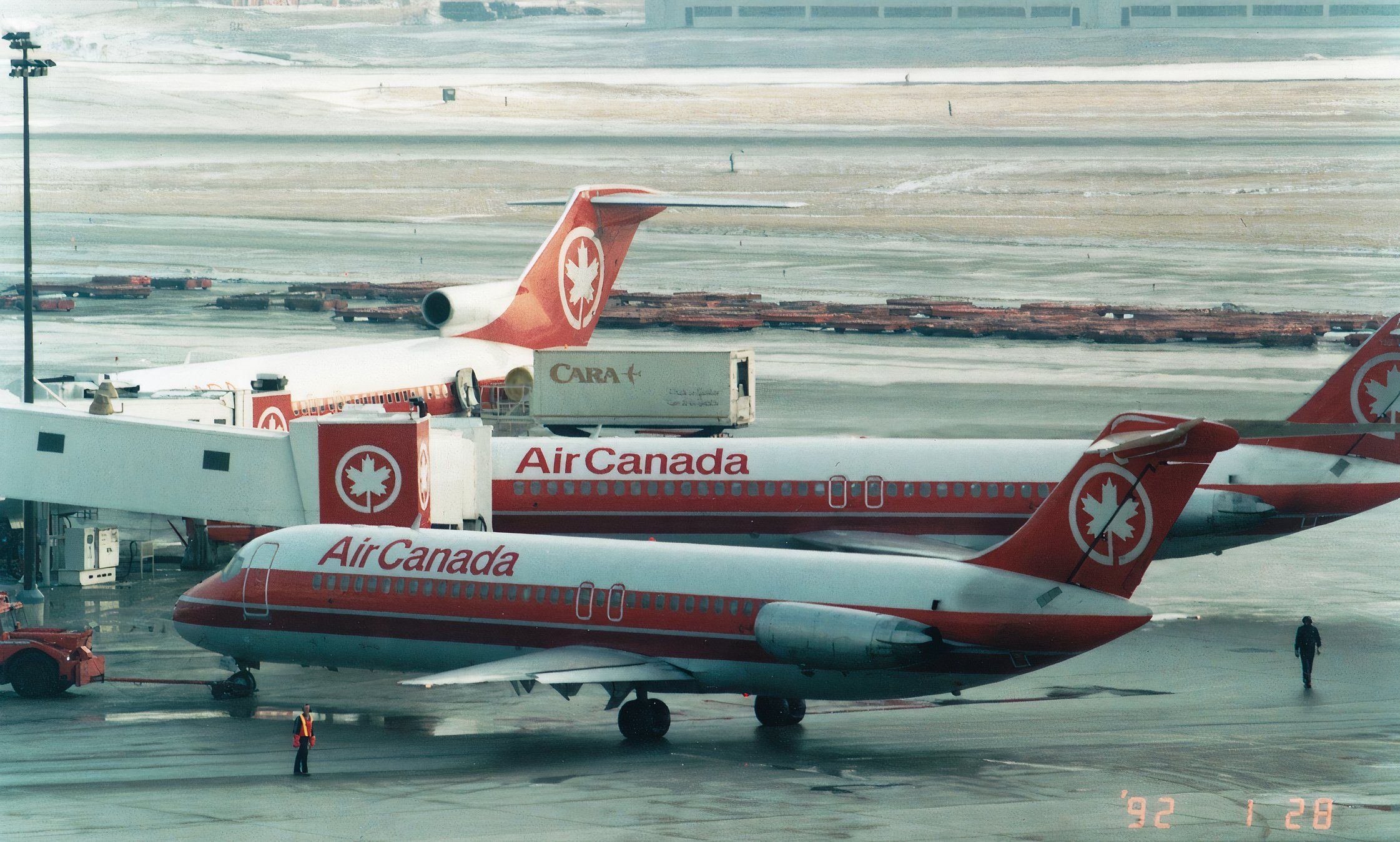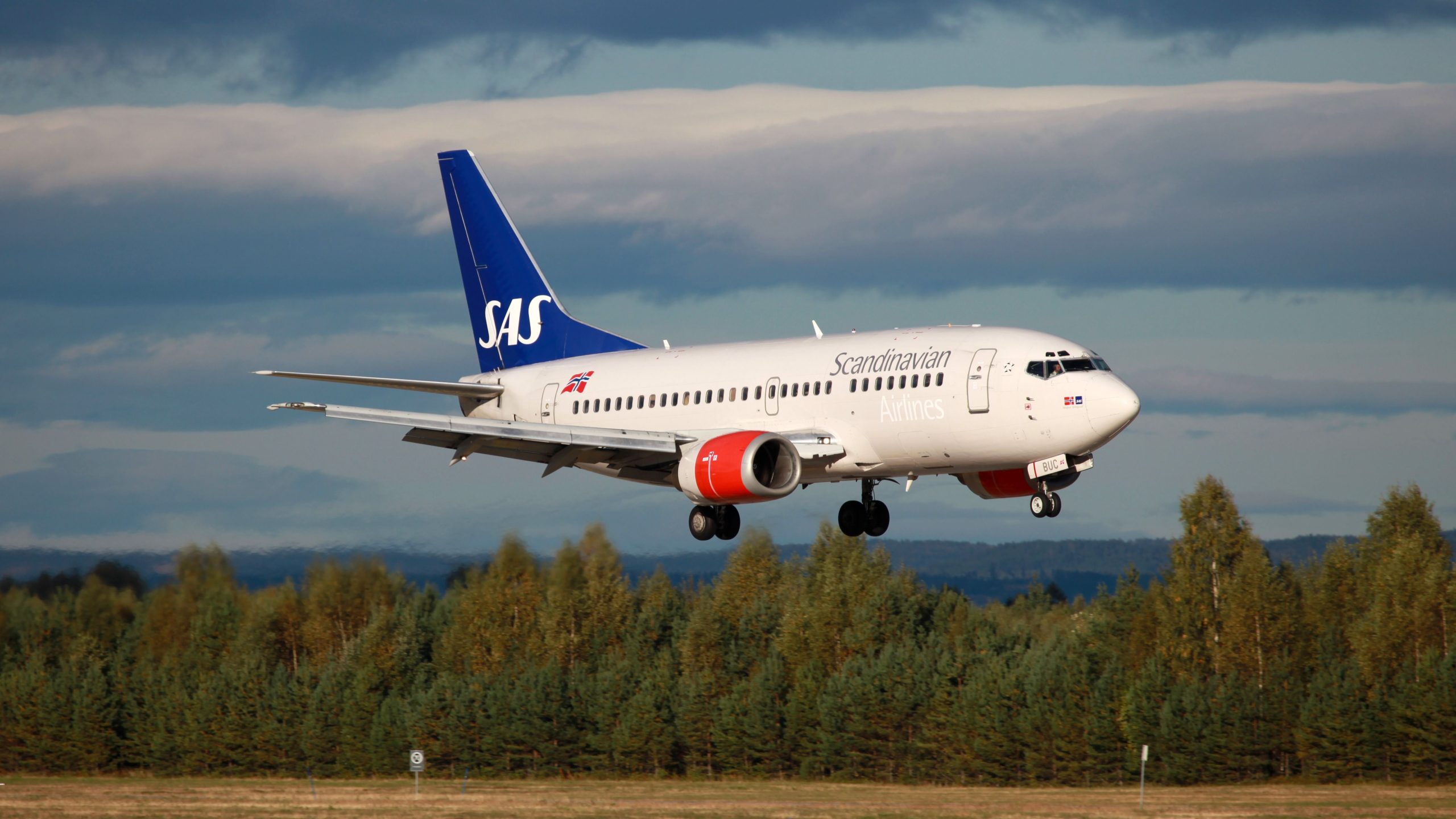Summary
- Smoke detected in the lavatory led to delayed response and underestimated fire severity.
- Emergency landings were hampered by smoke and heat; 23 passengers perished.
- Changes in aviation safety included smoke detectors, fire-resistant materials, crew training, and emergency system improvements.
On June 2, 1983, Air Canada Flight 797, a McDonnell Douglas DC-9-32, was en route from Dallas to Toronto with a scheduled stop in Montreal. This routine flight became a tragic incident that profoundly impacted worldwide aviation safety protocols.
The flight began uneventfully, with 41 passengers and five crew members onboard. However, as the aircraft cruised at 33,000 feet, passengers and crew detected an unusual odor originating from the rear lavatory, which quickly escalated into a life-threatening situation.
At approximately 18:51 EDT, a passenger alerted a flight attendant to the smell of smoke from the lavatory. The flight attendant, equipped with a portable CO₂ fire extinguisher, opened the lavatory door to find light gray smoke but no visible flames.
After an unsuccessful attempt to extinguish the source, the door was closed, and the flight attendants informed the captain, who was initially told the fire was under control. However, the fire’s severity was underestimated, leading to delayed decisive action.
A timeline of events
- Smoke was detected in the rear lavatory.
- An emergency descent was initiated by the captain.
- The evacuation was hampered; 23 passengers perished
- The fire spread due to inadequate detection.
- Safety regulations were updated post-incident.
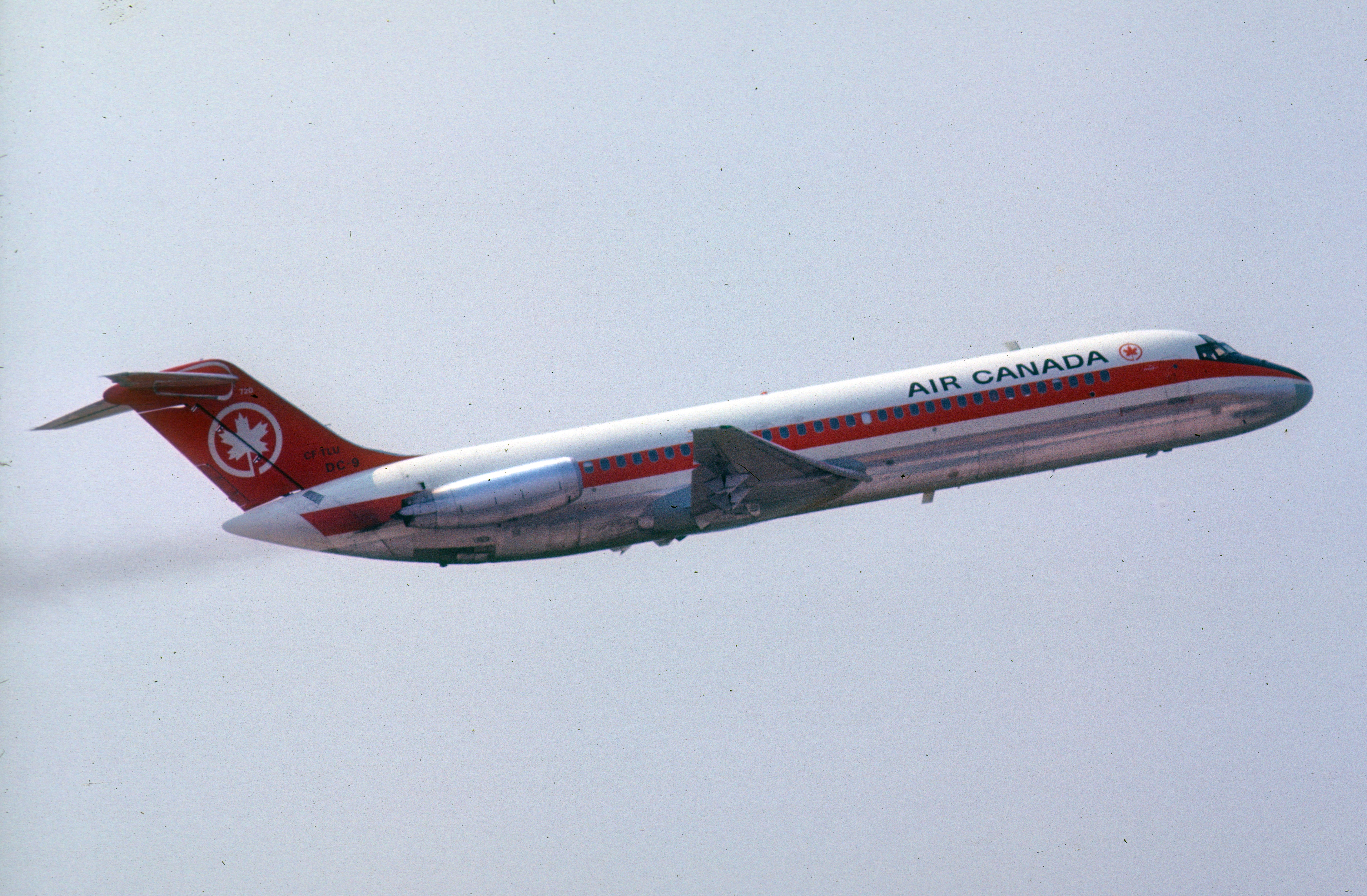
Related
Air Canada Flight 797: A Cabin Crew Perspective
An inflight fire led to disaster
Diversion to Northern Kentucky
According to the FAA investigation, the situation rapidly deteriorated as smoke began to fill the cabin, making breathing and visibility increasingly tricky. By 19:08, Captain Donald Cameron declared an emergency, initiating an emergency descent toward Cincinnati/Northern Kentucky International Airport.
The descent was challenging due to the smoke in the cockpit and the loss of several vital instruments, which impaired the crew’s ability to navigate and communicate effectively. The cockpit and cabin quickly became overwhelmed with dense smoke, further complicating the emergency procedures.
Despite these difficulties, the crew managed to land the aircraft at 19:20. However, the rapid spread of the fire and smoke hindered the evacuation process. The front doors were opened, and inflatable slides were deployed, but the influx of fresh air caused the fire to intensify.
Tragically, 23 passengers were unable to escape and succumbed to smoke inhalation and burns as the aircraft was engulfed in flames within 90 seconds of landing. The intense heat and toxic smoke made survival nearly impossible for those trapped inside.
The aftermath of Flight 797
The immediate aftermath of the accident was harrowing. The survivors included 18 passengers and all five crew members, who managed to escape before the fire consumed the aircraft. The fire’s intensity was such that it left the fuselage charred, and identifying some of the victims required dental records and other means due to the extent of the burns.
The National Transportation Safety Board (NTSB) investigation revealed several critical safety deficiencies. The primary cause of the accident was traced to an in-flight fire originating in the rear lavatory, but the exact ignition source remained undetermined. The investigation highlighted a severe lack of effective smoke detection and fire suppression systems onboard, contributing to the rapid spread of the fire.
Changes in aviation safety
The tragedy of Air Canada Flight 797 led to significant regulatory changes in aviation safety. One of the immediate outcomes was the mandatory installation of smoke detectors in all commercial aircraft lavatories. This measure aimed to ensure early detection of any fire, allowing the crew to respond more effectively before it could spread.
Moreover, the accident underscored the importance of fire-resistant materials in aircraft interiors. Regulations were updated to mandate using materials that could withstand higher temperatures and delay the spread of fire. The Federal Aviation Administration (FAA) and other aviation authorities worldwide also implemented stricter guidelines for certifying such materials.
Another critical change was enhancing crew training programs, mainly focusing on fire-fighting techniques and emergency evacuation procedures. The crew of Flight 797 had followed the guidelines available at the time, but the severity of the situation highlighted gaps in training and preparedness. Updated training protocols now emphasize more realistic scenarios and comprehensive drills to prepare crews for various emergencies.
The incident also brought attention to the design of aircraft emergency systems. The evacuation on Flight 797 was hampered by the rapid influx of smoke and the intense heat, which delayed the passengers’ ability to reach the exits. New standards were introduced to improve the accessibility and usability of emergency exits, ensuring they could be opened quickly, even under adverse conditions.
The FAA also required floor lighting and improved exit signage to guide passengers during an evacuation. Furthermore, communication systems received a critical update. The failure of the public address system on Flight 797 hampered the crew’s ability to communicate effectively with the passengers during the crisis. Modern aircraft are now equipped with more robust and redundant communication systems to ensure continuous operation during emergencies.
Other incidents involving the DC-9
|
Date |
Flight |
Location |
Summary |
|---|---|---|---|
|
April 4, 1977 |
Southern Airways Flight 242 |
New Hope, Georgia, USA |
Encountered severe thunderstorm, dual engine failure due to hail ingestion, emergency landing attempt on highway, 72 fatalities. |
|
June 2, 1983 |
Air Canada Flight 797 |
Cincinnati/Northern Kentucky Airport, USA |
Fire in rear lavatory, emergency descent and landing, aircraft engulfed in flames post-landing, 23 fatalities out of 46 occupants. |
|
August 2, 1985 |
Delta Air Lines Flight 191 |
Dallas/Fort Worth International Airport, USA |
Encountered microburst during approach, crashed short of runway, 137 fatalities out of 163 occupants. |
|
August 16, 1987 |
Northwest Airlines Flight 255 |
Detroit Metropolitan Airport, Michigan, USA |
Crashed shortly after takeoff due to improper flap and slat settings, 154 fatalities out of 155 onboard and 2 on the ground. |
|
May 11, 1996 |
ValuJet Flight 592 |
Everglades, Florida, USA |
Fire in cargo hold due to improperly stored hazardous materials, loss of control, crashed into Everglades, all 110 on board people killed. |
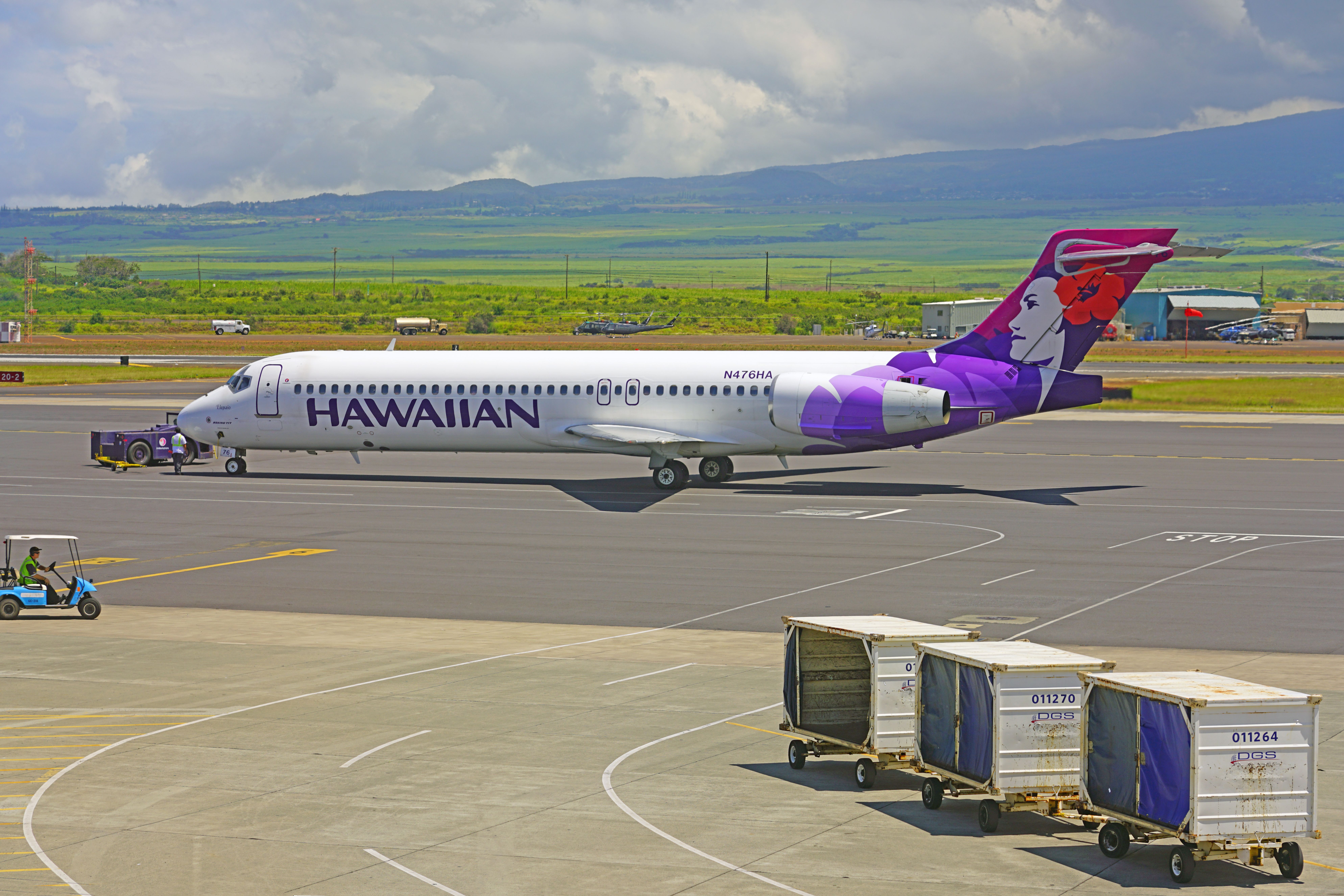
Related
Is The McDonnell Douglas DC-9 The Same As The Boeing 717?
The Boeing 717 retains most design and performance features of the DC-9.
The legacy
The legacy of Air Canada Flight 797 is a testament to the aviation industry’s commitment to learning from past tragedies to enhance passenger safety. The changes prompted by this incident have undoubtedly saved countless lives by ensuring that aircraft are better equipped to detect and combat fires and that crews are better prepared to handle such emergencies.
While the 23 lives lost on that fateful day cannot be undone, their memory has inspired a safer and more resilient aviation industry. The advancements in fire detection, material safety, crew training, and emergency protocols stand as a lasting tribute to the lives lost and a reminder of the ongoing importance of vigilance and improvement in aviation safety.

